Welcome to Day Ten of the Camp & Cult Blogathon! Don’t forget to check out all the entries here on the main page! The ‘thon ends on Friday the 28th — there are only a few days left, so if you want to submit something, please comment here.
***
When the results of the Reader’s Choice poll arrived, there was a tie between Where Love Has Gone, reviewed here, and Lace, the 1984 miniseries I had planned on watching whether it won the vote or not. Yet, as is often the case, I underestimated the gulf between what normal, sane people consider high camp and what I, a person who is neither normal or sane, considers high camp. I’ve seen hundreds of bad films, and after a while one becomes desensitized to the problems common in bad films. Dull cinematography, poor dialogue, and bad acting are the norm. There has to be more there there for me to really get into it.
That’s not to say Lace doesn’t try its damndest to be trashy and useless, because it does. It is a ridiculous soap opera plot, but the purpose of stupid soap opera plots is to allow room for the other entertaining bits that people watch trash TV for: Sex, scandal, fashion, scenery, and melodrama.
The problem, and I say that as though there is only one problem with Lace which is clearly not the case, is that Lace fails to deliver on the trashy entertainment a miniseries like this promises. Look, I’m aware Middle America loves its G-rated porn, the Hot August Night album cover and the train tunnel ending of North by Northwest and pretty much every frame of Star Trek.
Lace strove to be more than that, or at least pretended to, with its promise to push the boundaries of 1984 nighttime television. But either that was a marketing gimmick or the filmmakers simply were not up to the goal they set for themselves. There is no sexiness or style or entertaining melodrama to be had in Lace, which contented itself to simply be homophobic, sexist, classist, and racist in an attempt to pander to its audience. Well, sometimes it did delve into incest, which I guess is a little naughty… but I get ahead of myself.
Lace is four long hours about three girls who, while in an expensive European boarding school, got pregnant and gave away the baby. Well, not all three of them, just one, and we don’t know which of the three girls had the child, as they decide for reasons that are entirely unclear to each claim to be pregnant, even to the doctor. The few adults aware of this situation, primarily the doctor and one girl’s rich and dotty aunt, all play along with this, for reasons that are even less clear. The girls vow to each other that the first one to get on her feet after graduation will take the baby to raise.
The three girls are Judy (Bess Armstrong) from Kansas, British “Pagan” (Brooke Adams) and Maxine (Arielle Dombasle) from France. Much of the show is done in flashback to 1960, when one girl got pregnant, though very little is done to make it look like 1960.
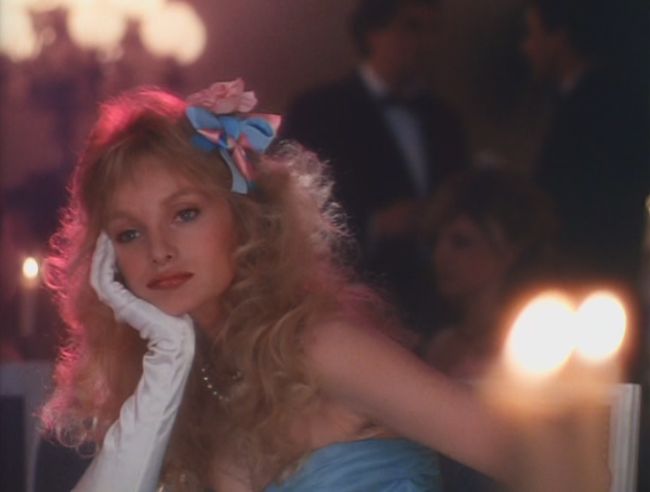 I don’t know about you, but this looks like 1984-era Madonna to me, not 1960.
I don’t know about you, but this looks like 1984-era Madonna to me, not 1960.
Judy, Pagan and Maxine all lose their virginity during the same few days — Pagan after almost being raped, because running back to their date late at night and asking to be deflowered is totally what women do after narrowly escaping a sexual assault — and one gets pregnant. We’re not shown which one is pregnant, of course, and the entire four hours is filled with clues as to who is the mother.
Lili (Phoebe Cates) is a young 20-something actress and modern day international superstar (modern day being 1984, of course) who is on an evil, evil quest to find her mother. She’s bitter and bitchy and rotten in every way, having been abandoned by her bio parents and losing her foster parents when she was very young. She scrambled to stardom by doing pornos, posing nude, and being as scandalous as possible. Now she has embarked on a search to see which of these three women, all now rich and successful, is her bio mom.
Lili insinuates herself into their lives, first by giving a scandalous interview to Judy for her major fashion magazine, but then reneging on her statements and threatening to sue. She then gets involved with Prince Abdullah, ruler of an unspecified (I think) Middle Eastern country and the one Pagan lost her virginity with back in 1960; Lili seducing Abdullah means she could be sleeping with her father. At the same time, she crashes Maxine’s family and sleeps with Maxine’s 17-year-old son who could be her brother.
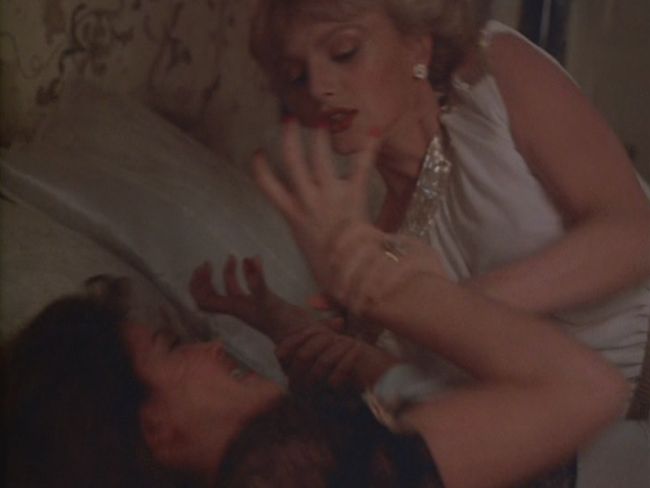 The catfight between Lili and Maxine is taken so literally that Cates actually tries to make little meow-meow cat claws, grr! with her hands.
The catfight between Lili and Maxine is taken so literally that Cates actually tries to make little meow-meow cat claws, grr! with her hands.
After upsetting everyone, Lili invites them to her apartment, promising to resolve the problems each of the three women have with her. This of course leads to the infamous phrase, after she’s gathered them in her home, “Which one of you bitches is my mother?”
But one hilarious phrase does not make an entire four hours of miniseries worthwhile.
The biggest kink in Lili’s plan is that all three women plus Maxine’s dotty aunt, who was involved in the scheme, believed the baby died in about 1966 in an accident. We learn through flashbacks that her foster parents were actually killed by Communists while trying to sneak someone out of Bulgaria I think (honey, I am so not going back to look it up) and Lili was sent to a Soviet detention camp after their deaths.
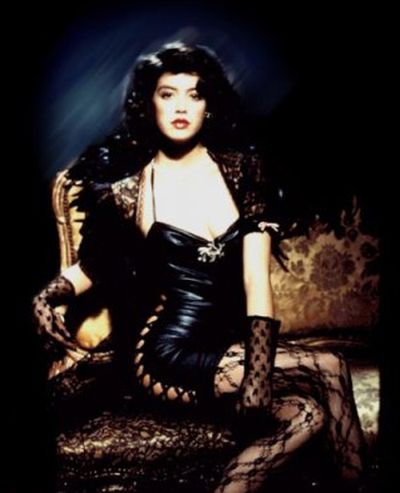 A bit should be said about the performances. Bess Armstrong is not the most versatile actress in the world, but she has a terrific strength of presence on screen, and because of this she stands out from the rest of the cast. Brooke Adams is supposed to be British, yet her accent didn’t kick in until about 18 minutes into the film, and most of the time she doesn’t bother with it. Well, no one has a good accent in this film. Unless they are allowed to speak with their original, natural accent, no one in Lace can pull an accent off. But besides that, Adams is dull, dull, dull. So dull. Also dull is Arielle Dombasle, who quite simply cannot act.
A bit should be said about the performances. Bess Armstrong is not the most versatile actress in the world, but she has a terrific strength of presence on screen, and because of this she stands out from the rest of the cast. Brooke Adams is supposed to be British, yet her accent didn’t kick in until about 18 minutes into the film, and most of the time she doesn’t bother with it. Well, no one has a good accent in this film. Unless they are allowed to speak with their original, natural accent, no one in Lace can pull an accent off. But besides that, Adams is dull, dull, dull. So dull. Also dull is Arielle Dombasle, who quite simply cannot act.
Speaking of, Phoebe Cates’ acting is unbelievably bad. Her accent is some vague European thing that comes and goes, and she sways and totters and head-shakes so much that I suspect she drank heavily during the filming, which kind of makes me feel bad because I, too, would drink heavily during the making of Lace. But Cates’ acting is as uniformly terrible as Adams’ and Dombasle’s, and after about an hour of it there’s nothing to do but yawn. Oh, is Cates moving her arm stiffly like she’s pretending to be a Barbie Doll again? Oh, has Brooke Adams forgotten to blink during her close-up again? Whatever, I’m going to go sort socks and get some excitement in my life.
That said, it is rather funny that, after Lili meets Aunt Hortense, the dotty old aunt dies, because it seems for a moment that Cates’ acting was so bad it killed Angela Lansbury and she ought to feel pretty bad about that.
The cinematography is beyond dull. Quite a chunk of cash must have been spent on location shots, which are used mostly as background as someone drives off. At times you’ll get an establishing shot, like this one of Pagan walking back to a cafe table:
But then the rest of the scene will play out with the same mid-distance framing used throughout the series. And every character is framed this way when they’re not in a full close-up (like Anthony Higgins below), and it’s boring.
I may not remember much of or even understand the 1970s, but I both remember and understand the 1980s, much to my psychological detriment. In my house, the television was on constantly. My parents could not stand one moment without the television on, and would often come upstairs to my room and literally prevent me from doing homework to force me downstairs to watch whatever dreck they had on. My tastes ran to “Magnum, PI” or “Airwolf” or “Mike Hammer,” which weren’t perfect but were much less problematic than the shows my parents enjoyed. Let’s just say they ranted for years that “Mr. Dugan” was stopped by those horrible hippie liberals who obviously hated white people having fun.
So I know far too well how bigoted the general television landscape was circa 1984. Not just American shows but British ones as well; there are a few “Inspector Morse” and “Sherlock Holmes” episodes that do not wear well. However, the sheer amount of bigotry in Lace was astounding to me, especially the pointless homophobia.
For instance, in the 1960 segments, the headmaster (Herbert Lom) is rumored to be gay and having an affair with his chauffeur. The chauffeur is bi, which means he’s also a rapist and pervert, according to the film. It’s an undeniable cause-and-effect situation. The girls steal intimate photos of the chauffeur and the headmaster, making sure they all go “Oh gross” a bunch of times to emphasize how icky gay sex is, then use the photos to blackmail the headmaster into not expelling them. Honor Blackman shows up in a thankless role of a woman who is evil precisely because she is lesbian. That means she’s also a pedophile and a white collar criminal; Lom’s character was also a pedophile. Note that the 20- and 30-something men the girls sleep with when they’re 16 aren’t considered pedophiles at all. Not even the sleazy porn producer that Lili hooks up with as a young teen is portrayed as a pedophile, only the gay characters.
There is also a student they hate who is fat, customers and other tourists who they mock for being fat, and repeated mentions of hoping their little girl won’t grow up to be fat. Nearly everyone in this film is white save for one singer seen for maybe five seconds in the background and a small part played by a Middle Eastern child. Most Middle Eastern characters are played by white people in makeup, sometimes with gloves on so the makeup department didn’t have to deal with their hands. There is one black soldier seen when Judy is a reporter during the Vietnam war. The soldier doesn’t think a civilian should be on the front lines, and though in his two lines he never says a thing about her being female, she “zings” him by calling him a bigot. Later some white guys joke about raping her and tell her to go home and make babies, and she doesn’t zing them at all.
The sexism… don’t even talk to me about the sexism. If Lace was about anything, it was about the furthering of sexism in American culture in a manner that would make ABC as much money as possible.
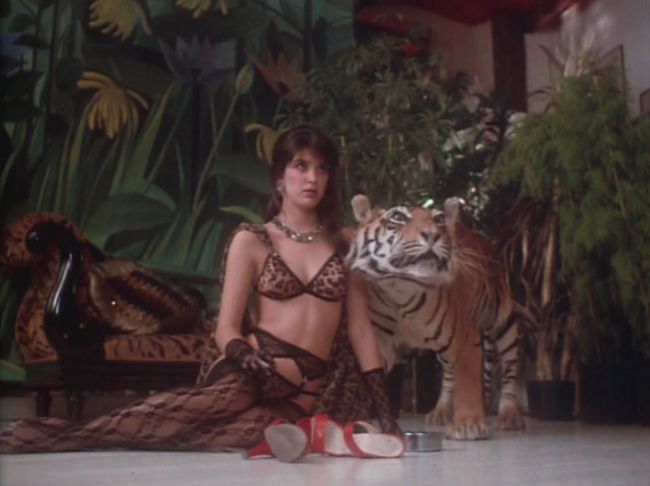 This is Lili in a porno. Yeah, that’s super convincing.
This is Lili in a porno. Yeah, that’s super convincing.
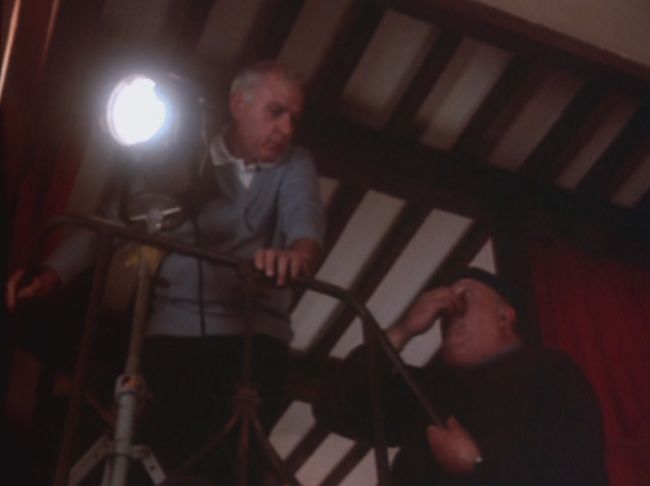 These are two crew members on the porno in a scene that is stolen straight from Citizen Kane. I laughed really hard at this, but I suspect one was not supposed to laugh.
These are two crew members on the porno in a scene that is stolen straight from Citizen Kane. I laughed really hard at this, but I suspect one was not supposed to laugh.
As you can see from the IMDb reviews, many people like this miniseries. “The acting was superb” and “fantastic,” the show was a “masterpiece” with “fabulous female characters.” The unabashed, unironic love for this series baffles me. When DVD talk calls it “exotic” I can’t for the life of me figure out what they mean. The postcard shots of cars driving past mountains? White people in brownface? The occasional camel?
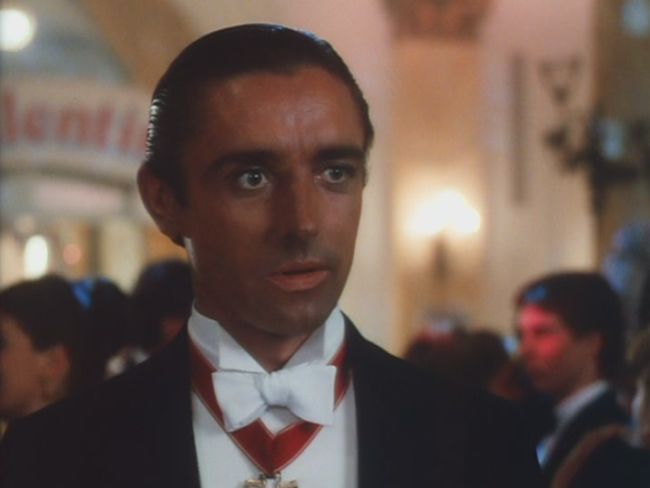 Anthony Higgins looking dignified in 10 tonnes of makeup.
Anthony Higgins looking dignified in 10 tonnes of makeup.
Many refer to Lace as daring or scandalous, but it really wasn’t, not even in 1984. The hype said it was, so it’s a testament to ABC advertising that even today people think the show was scandalous. But truly, every show I watched in the 1970s was more “daring” than this G-rated tripe, and I include “Electra Woman and Dyna Girl” in my assessment. Shows like “Hill Street Blues,” “St. Elsewhere,” “Trapper John,” and of course “Dynasty” and “Knots Landing” were hits on television in 1984, all more hard-hitting, daring, and scandalous (and often trashier) than Lace ever was. Don’t be fooled by those who claim saying “bitch” on television at the time upset an entire nation; Elton John’s “The Bitch is Back” was a Top Ten hit a full decade prior.
There’s a hilarious “sex” scene in Lace where the film just straight-up compares itself to the sheik films of Valentino, with Higgins bragging that silent films were “heavily censored,” while what he is about to do to Pagan will not be. And then… tepid kissing. The camera shoots them from that same mid-distance it loves so much, pans around so setpieces cover the kissing just in case good ol’ Aunt Edna from Poughkeepsie is getting too riled up by all the tepidness, and not even a shoulder is bared before fadeout.
If you have had any experience with trash cinema, cult films, 1980s television or life in general, the novelty of Lace will wear off right about the hour and a half mark and mostly bore the hell out of you for the rest of the series.
Want to learn more about Lace? Start here. And you want to go there because the blogger’s background is Bert Convy. I’m a big Bert Convy fan.

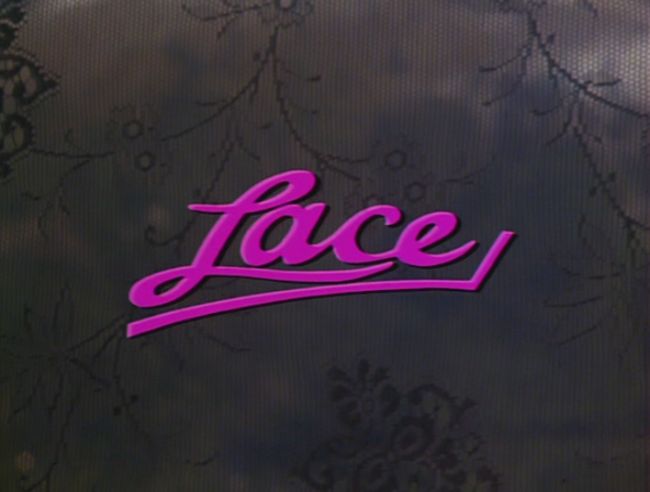
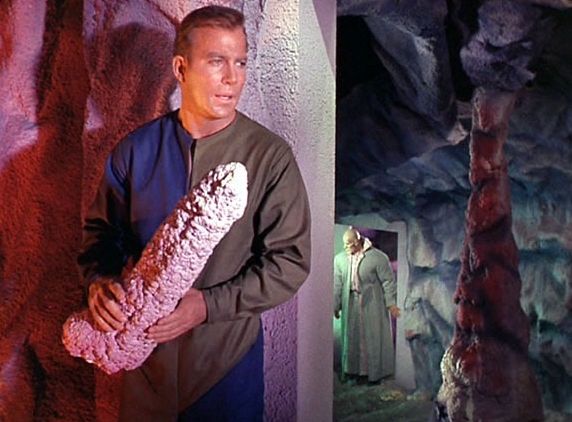
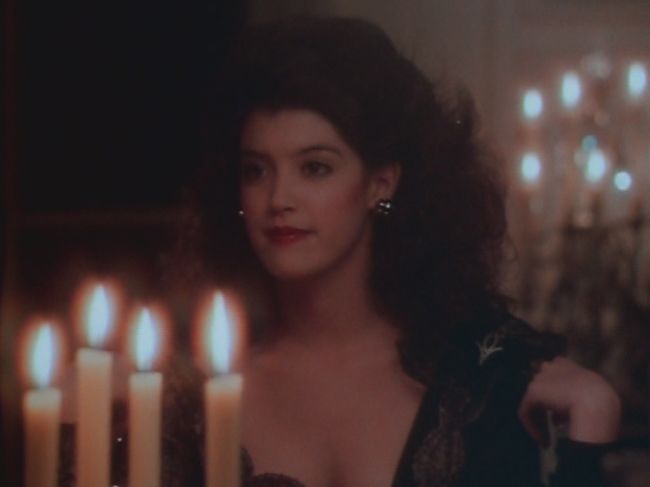
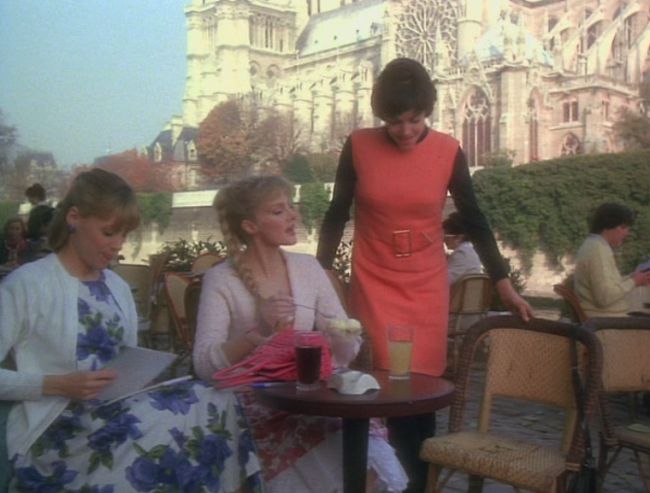
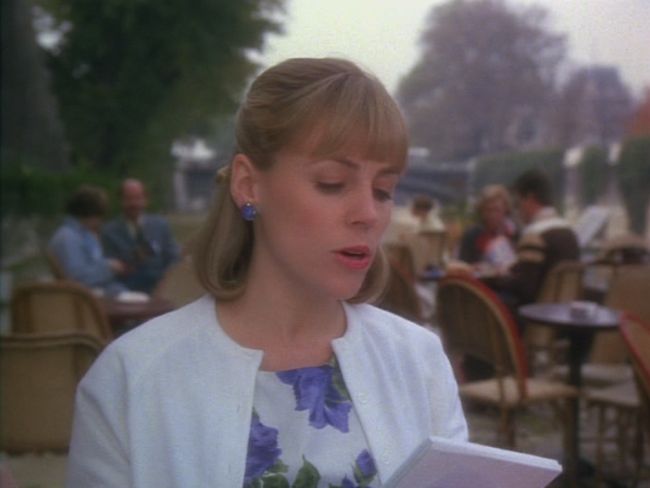
But one hilarious phrase does not make an entire four hours of miniseries worthwhile.
Annnnnnnnd that’s really why I’ve had no burning desire to watch this, which is why I’m glad you were able to endure this (have some bottled water, kiddo). If I need a sexy Phoebe Cates fix I’ll watch Fast Times at Ridgemont High.
I know Bess Armstrong did some feature film work like High Road to China and Nothing in Common, but she always seemed to function better on the small screen.
Yeah, it was a Gatorade-and-protein day after finishing Lace. I really like Bess Armstrong, possibly because of a sentimental love for My So-Called Life, but she’s always so direct when acting, like she’s defying everyone around her. It’s compelling to me.
Well, the romantic fusion of Bess Armstrong and Tom Selleck in High Road to China did lead to the discovery of the subatomic anti-charisma particle, a full quarter century before the Large Hadron Collider.
And as for trailblazing gender-based verbal abuse, Gilda Radner’s Emily Litella was routinely calling Jane Curtain a “bitch” in the mid-70s, while Dan Ackroyd never failed to open their Point-Counterpoint parodies by stentoriously addressing her as “Jane, you ignorant slut.”
This is Lili in a porno. Yeah, that’s super convincing.
Snerk! I suspect this is the one disadvantage of having an all-gay scenic design crew on your film. Never having actually seen>/i> a straight porno, they do the best they can and make the logical assumption that they all probably resemble a Maria Montez movie.
Thaaaatt’s it, Maria Montez! I was honestly wondering what that reminded me of, and I was going through all sorts of people like Lupe Velez or Douglas Sirk or something with Lana Turner, but you’re right, it’s Maria Montez.
For years I was a regular on an LGBT forum where many people, mostly gay men (or posters who identified as gay men) said Lace was a must-see. After seeing all the homophobia though, I’m really confused. It’s not like homophobia was rare in the 1980s, especially after the backlash to disco in about 1979-1980, but this was just completely out of control.
Sorry for the unclosed tag. My grasp of HTML is clearly less advanced than my knowledge of Cobra Woman and Gypsy Wildcat.
Nice article, plus classic pictures.
Don’t take seriously. Delete it if you like. I am just testing this comment box. See you with the diagnostics.
I thought lace was just brill i wish there put it back on tv